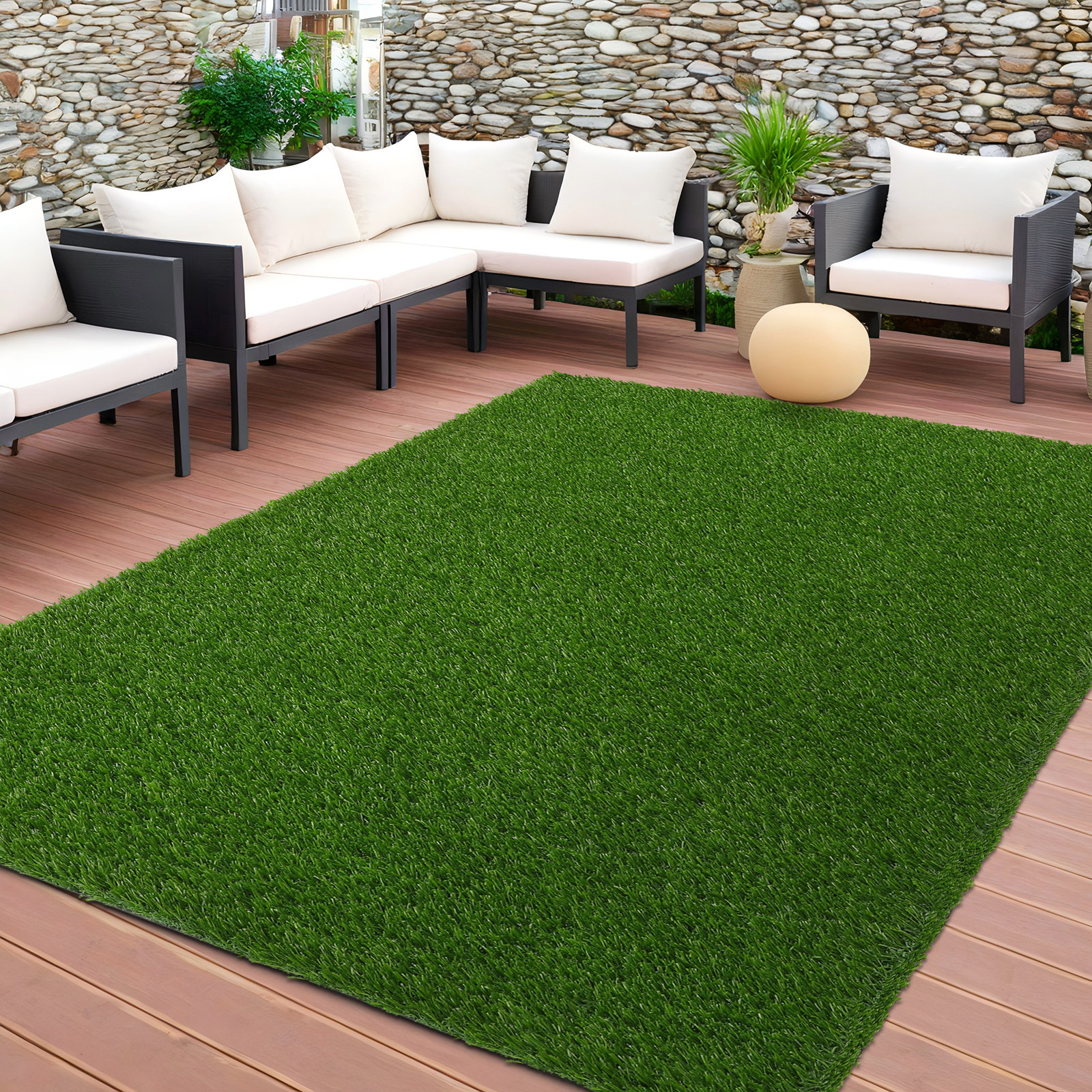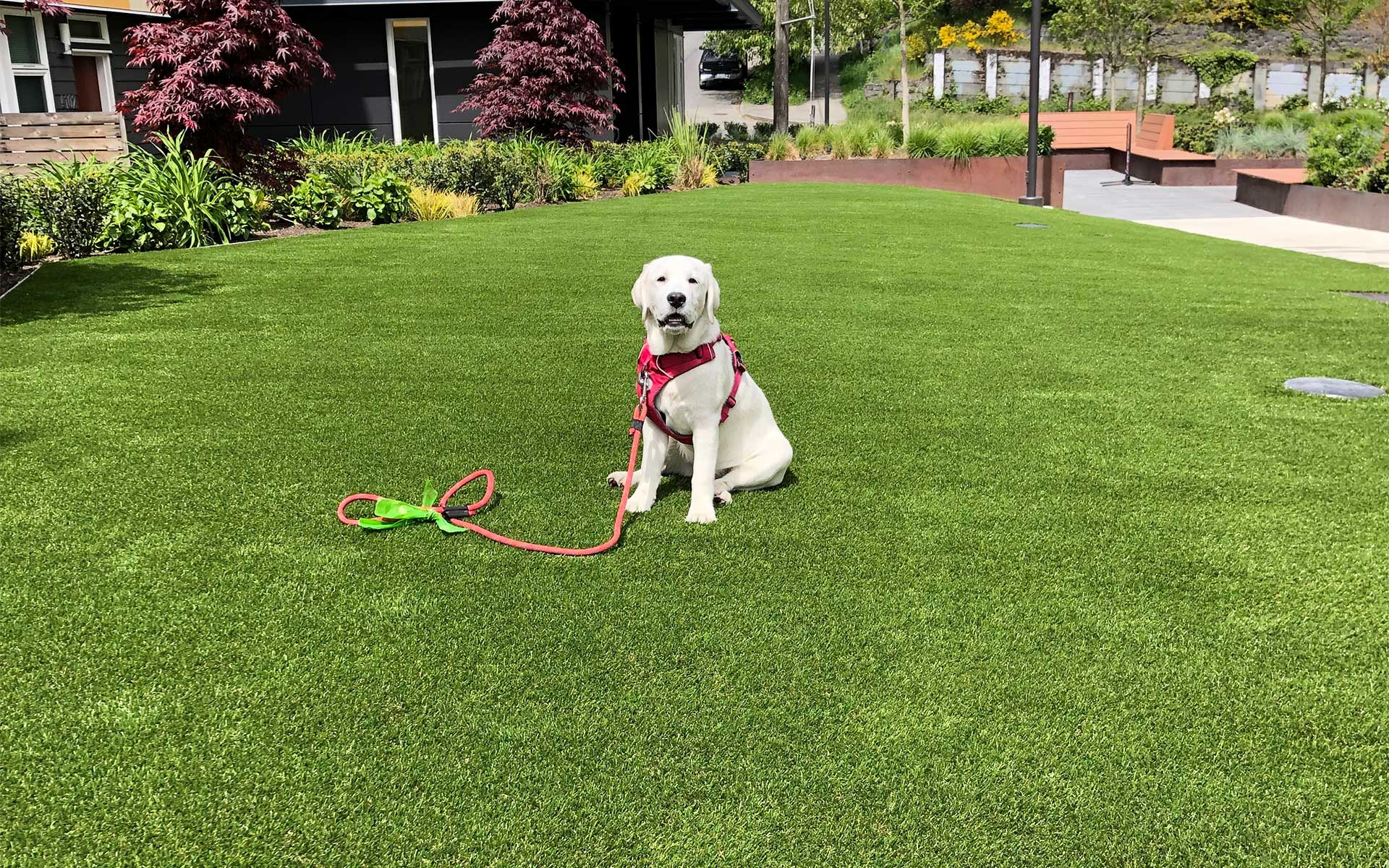Luxury Arizona Turf Installation Services for Homes and Commercial Properties
Luxury Arizona Turf Installation Services for Homes and Commercial Properties
Blog Article
Explore the Environmental Perks of Opting for Synthetic Grass Solutions
The adoption of artificial grass solutions provides a compelling possibility to address pressing ecological difficulties. By significantly minimizing water use and reducing the application of damaging chemicals, these choices not just promote lasting landscaping however likewise shield neighborhood communities.
Water Preservation Conveniences
One of one of the most substantial benefits of synthetic grass is its ability to preserve water. Standard lawn yards require considerable watering, especially in locations prone to drought or water restrictions. On the other hand, synthetic grass does not need watering, considerably decreasing the general demand for water resources. This attribute is specifically advantageous in arid regions where water scarcity is a pushing problem.
By removing the requirement for normal watering, synthetic grass adds to sustainable landscape methods and assists mitigate the environmental effect of too much water consumption. The preservation of water extends to the reduction of drainage, which can lead to dirt disintegration and river air pollution.
Additionally, the setup of fabricated lawn permits house owners and districts to allocate water sources more effectively, concentrating on important usages such as drinking water and agriculture. The change towards fabricated lawn not only advertises accountable water usage but also straightens with broader environmental objectives targeted at preserving natural resources.
As areas progressively prioritize sustainability, the water preservation advantages of synthetic grass present a compelling case for its adoption in residential and business landscape design projects.
Decreased Chemical Usage
The transition to synthetic grass substantially decreases the reliance on chemical treatments commonly utilized in all-natural turf upkeep. Traditional grass management normally entails the application of plant foods, herbicides, and chemicals to advertise growth and control insects. These chemicals can present risks to human health and wellness, neighborhood wildlife, and the environment, adding to soil and water contamination.
In comparison, fabricated lawn removes the need for these unsafe compounds. Once mounted, it requires minimal maintenance, mainly containing regular cleaning and occasional infill replenishment. This decrease in chemical use not only benefits the immediate setting however additionally adds to broader eco-friendly stability. By decreasing the launch of synthetic compounds right into the ecosystem, fabricated lawn promotes healthier soil and water systems.
Additionally, the absence of chemical overflow connected with fabricated grass installations aids protect neighborhood waterways from air pollution, supporting aquatic life and keeping biodiversity. Artificial turf companies phoenix. As neighborhoods increasingly focus on lasting techniques, opting for man-made turf presents a sensible option that aligns with environmental preservation objectives. With this change, homeowner can enjoy lavish green rooms without compromising environmental health and wellness, paving the method for a much more sustainable future
Lower Carbon Impact

In addition, the installment of man-made turf can lead to significant water preservation. Natural grass need substantial quantities of water for watering, which not only adds to the carbon footprint connected with water removal and therapy however also click here to read strains neighborhood water sources. On the other hand, synthetic turf needs minimal upkeep, calling for no watering, thereby significantly reducing water usage and its associated power costs.
In addition, the longevity of synthetic grass contributes to its reduced carbon impact. With a life expectancy of up to 15 years or even more, the need for regular replacements is reduced, causing less waste and reduced energy usage in manufacturing and throwing away conventional lawn choices. In general, synthetic lawn offers a lasting alternative for ecologically mindful landscaping.
Environment Preservation
Environment conservation is an essential consideration in the debate over landscaping choices, especially when comparing synthetic grass to natural yard. Natural turf yards usually call for extensive upkeep, consisting of the use of chemicals, fertilizers, and herbicides, which can adversely influence regional environments. These chemicals can leach right into the dirt and waterways, harming indigenous flora and fauna and interrupting neighborhood habitats.
In comparison, synthetic grass presents an opportunity to reduce the environmental impact of landscaping. By going with synthetic turf, home owners can decrease the disturbance of natural environments related to conventional grass care techniques. Synthetic grass removes the need for damaging chemicals, thus shielding nearby wildlife and maintaining the stability of bordering communities. The setup of fabricated turf can lead to the conversion of previous yard locations into even more biodiverse landscapes, such as pollinator yards or indigenous plant areas, which can sustain regional wildlife.
Inevitably, the change to fabricated grass not only preserves water and decreases upkeep efforts however likewise promotes a more harmonious relationship her comment is here between human tasks and the natural surroundings, advertising environment preservation in the procedure.
Long-Term Sustainability
Long-lasting sustainability is a crucial consider assessing the benefits of synthetic grass over typical lawn yards. One of one of the most significant benefits of synthetic grass is its resilience; it can last up to 15-20 years with very little upkeep, whereas all-natural grass needs regular reseeding and substitute. This durability lowers the need for consistent sources, such as water, plant foods, and pesticides, which are important for keeping a healthy grass yard.
Additionally, man-made lawn adds to a reduction in carbon exhausts linked with yard care tools. Standard grass typically call for gas-powered mowers, trimmers, and blowers, all of which add to air pollution. Phoenix turf companies. In contrast, fabricated grass gets rid of the requirement for such devices, promoting a cleaner atmosphere
Moreover, the production of synthetic turf significantly makes use of recycled materials, boosting its sustainability profile. As producers embrace eco-friendly practices, the ecological footprint of artificial lawn remains to lessen.

Final Thought
The adoption of synthetic grass services offers significant ecological benefits, including substantial water preservation, reduced dependence on damaging chemicals, and a lower carbon impact. Furthermore, artificial grass aids in preserving all-natural environments by decreasing land disruption and promoting long-lasting sustainability via making use of long lasting materials. Collectively, these factors highlight the potential of artificial turf to contribute favorably to environmental health and wellness and offer a feasible option to traditional landscape design techniques in an increasingly resource-conscious globe.
In comparison, man-made grass does not need Full Article watering, considerably decreasing the total need for water resources. By decreasing the launch of artificial substances into the community, synthetic turf advertises much healthier dirt and water systems.
Furthermore, the installation of man-made lawn can result in significant water preservation. In comparison, man-made grass needs very little upkeep, requiring no watering, therefore substantially lowering water usage and its connected energy costs.

Report this page